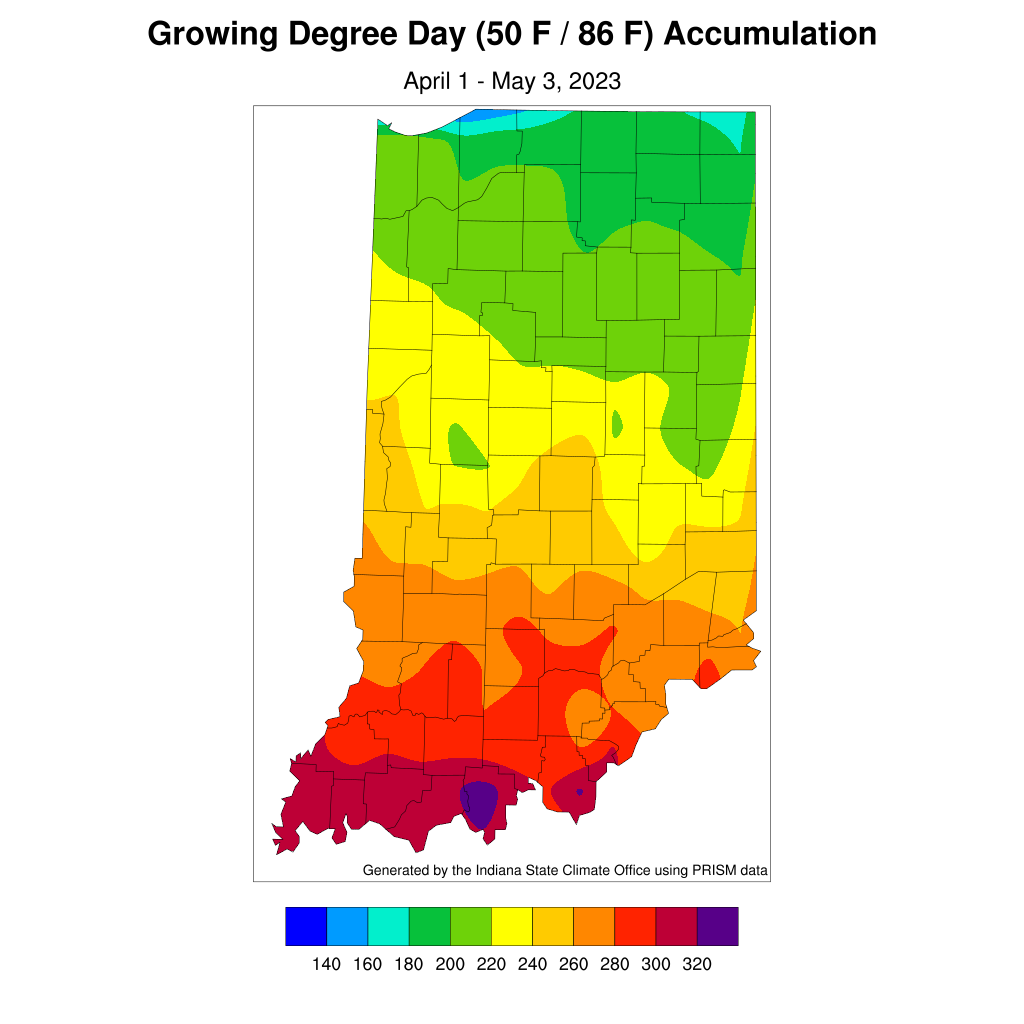
Every spring, voluteers throughout the state put forth considerable effort in trapping for the arrival and intensity of black cutworm moths. We are indebted to these faithful bug counters, hoping you also appreciate their efforts as reported in the “Black Cutworm Adult Pheromone Trap Report.” If you recognize a name or two on this list of volunteers, by county, please thank them for their efforts! Heck…buy them a cup of coffee! Not since 2012 have we seen such an early flush of black cutworm moths! As described in a Pest&Crop #3 article, an intense storm causing lives and destruction on April 1, also brought massive numbers of moths from the Southwestern States. In addition, we’ve not had widespread freezes since then. Because of that, we set that date as biofix, and began accumulating heat units for cutworm development, that also tracks very closely to corn development. This is all explained[Read More…]



